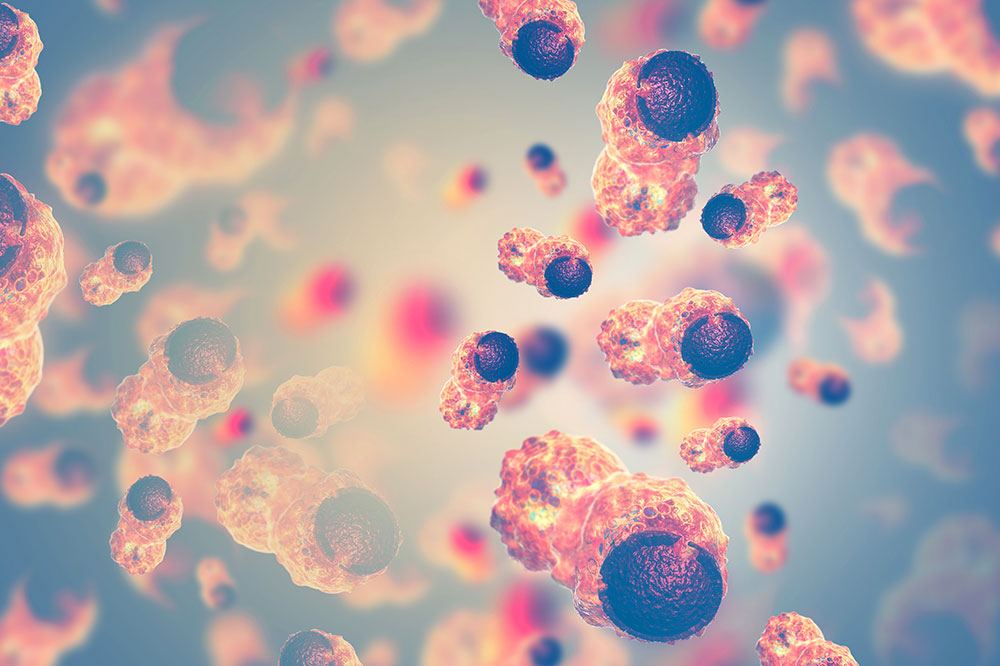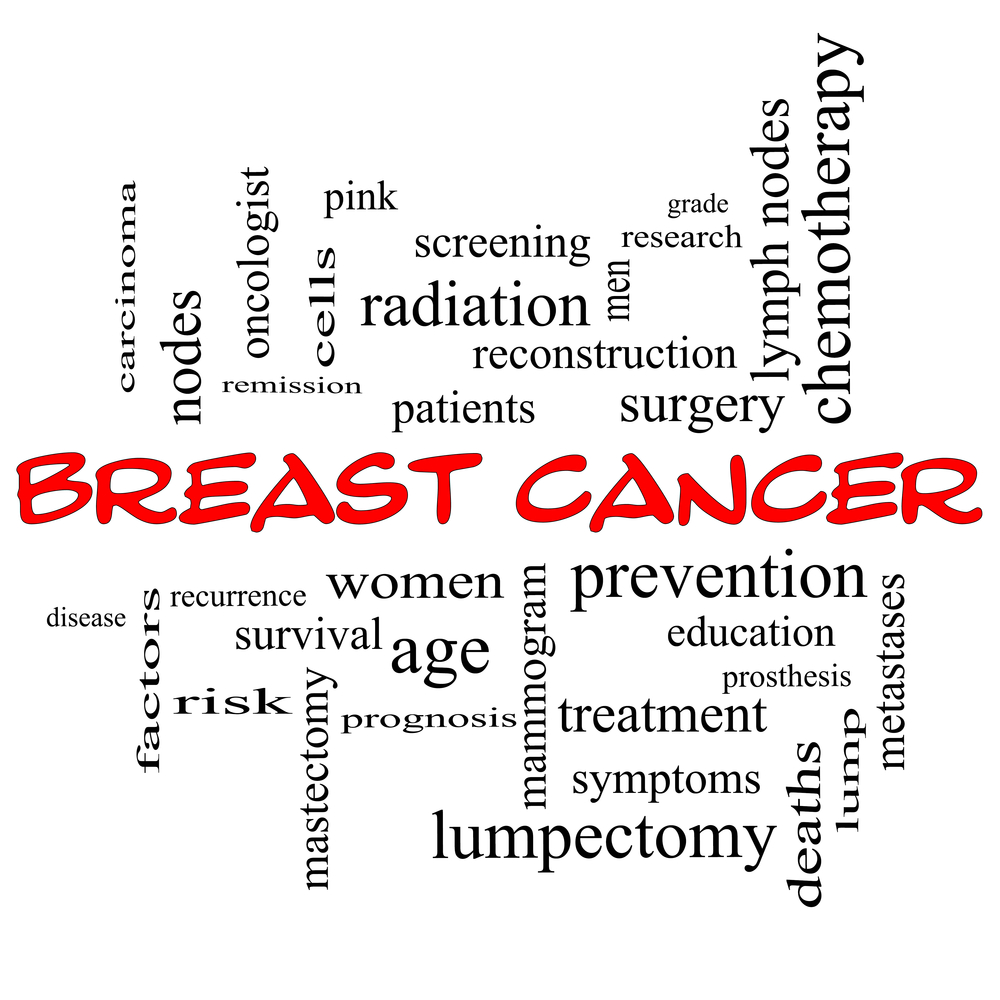Recognizing the Early Symptoms of Cancer Spread (Metastasis)
This article explains the early signs and symptoms of metastatic cancer, highlighting how cancer spreads to organs like the lungs, liver, brain, and bones. It discusses detection methods, symptoms for each organ, and available treatment options such as chemotherapy and surgery. Recognizing these early indicators can improve diagnosis and management, emphasizing the importance of prompt medical attention for better outcomes.

Recognizing the Early Symptoms of Cancer Spread (Metastasis)
Metastatic cancer describes a condition where cancer cells travel from the original tumor to distant parts of the body. These cells can reach nearby lymph nodes, tissues, or vital organs, typically classified as stage IV cancer. The specific type of cancer is named after its primary site, such as metastatic breast cancer when originating from the breast and spreading to other locations like the lungs. The cancer cells preserve the features of the primary tumor throughout spread.
Mechanism of Spread
The disease is particularly dangerous due to its capacity to disseminate throughout the body. Cancer cells multiply at the initial site, invading adjoining tissues, and travel through blood or lymphatic channels to other areas. Common organs affected include lungs, liver, and brain. For example, breast cancer often metastasizes to the bones, brain, liver, or lungs, presenting specific symptoms.The spread occurs when cancer cells grow at the primary site and invade nearby tissues, eventually traveling through the bloodstream or lymphatic system to establish secondary tumors in other organs. Symptoms can vary depending on affected areas:
Lungs – Persistent coughing and difficulty breathing are common.
Liver – Signs include nausea, jaundice, enlarged liver, skin itching, abdominal discomfort, and loss of appetite.
Bones – Patients may experience intense bone pain, swelling, and an increased risk of fractures.
Brain – Symptoms include severe headaches, seizures, dizziness, vision issues, nausea, and personality or behavioral changes.
Secondary breast cancer often develops years after initial diagnosis and may be detected early. Symptoms include breast pain, nipple discharge, palpable lumps near the breast or underarm, and bone pain.
Treatment strategies depend on whether the cancer remains localized or has metastasized. Metastatic cancers generally have a poorer prognosis and may require aggressive therapies such as chemotherapy, radiation, targeted biological treatments, hormone therapy, surgery, or a combination of these approaches.










